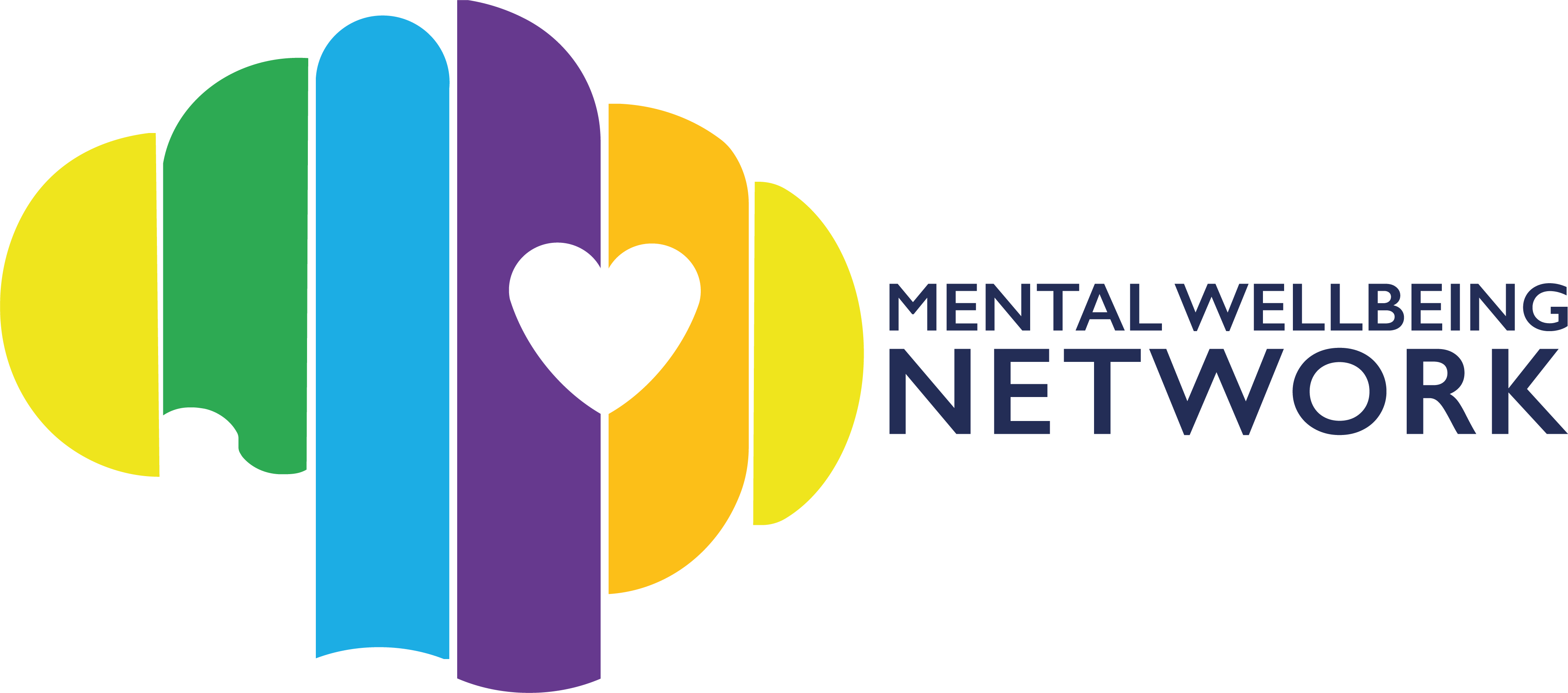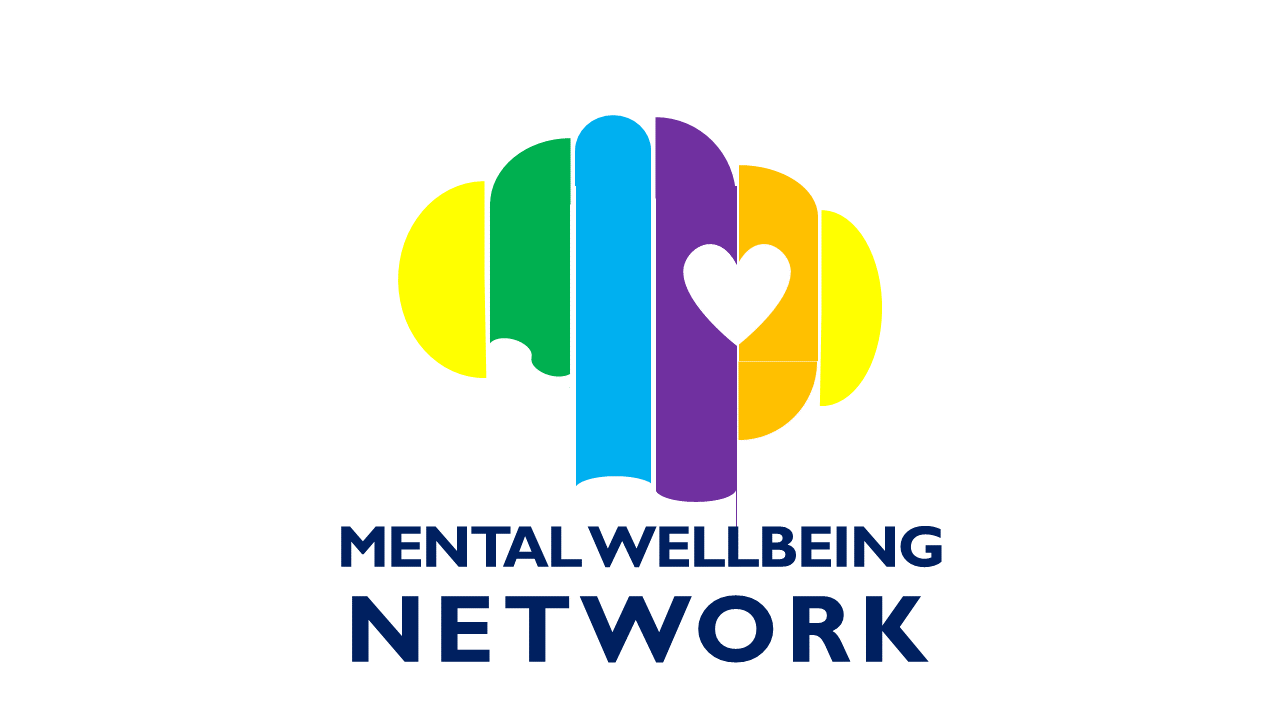Non-Verbal Communication
Introduction
Communication is not only about the spoken language; it can be expressed through various means.
From body language to facial expressions, this article will explore the different avenues that communication can take the form of.
What emotions, behaviours and attitudes can be understood from the way you stand? How about the eye rolls, or the twitching of your lips?
We have grown so used to them, that we subconsciously understand by a single glance at times.
Our non-verbal signals, are our almost silent signs of communication.
Facial Expressions
Facial expressions are a vital method in gauging a person’s emotions and attitude to situations and towards others.
Our facial expressions can reveal emotions, that you may say otherwise. Sometimes, our expressions can be more truthful than our words.
Some emotions that can be conveyed on our faces:
- Happiness
- Sadness
- Confusion
- Anger
- Surprised
- Excitement
- Disgust
- Fear
- Desire
- Contempt
Our expressions can help determine, whether our words can be taken seriously.
If we are joking, lying, serious – these can all be understood by little movements of the face.
A twitch, a slight upturn of the lips and creased eyebrows. These can convey various emotions and thoughts, if you can read them right.
Body Language
Our body language consists of conscious and unconscious movements and gestures, which expresses your emotions, attitude and behaviour.
These actions will send us unfiltered information about your thoughts in the current moment.
Body language can portray its owner’s emotions, and you can filter which actions suggest positivity and ones that indicate negativity.

Positive and Negative Body Language
Your body language can be affected by your emotions. There are a range of positive and negative emotions that can be used to express yourself in a non-verbal way.
Some simple examples of positive emotions are:
- Trust
- Interest
- Happiness
- Desire
- Approval
- Excitement
- Optimistic
Some negative emotions that can be commonly found:
- Disengaged / Distraction
- Disinterest
- Unhappy
- Distress
- Discomfort
- Worry
- Fear
- Insecurity
There are various ways in which you can convey these emotions in your actions. You might not have been even aware of performing these slight actions
Eyes
The eyes are a key sign of expressing yourself.
When holding a conversation, a person’s eyes can make a series of movements, suggesting their current emotional state
A frequent example used by many is attention and inattention / distraction.
Are they giving you direct eye contact, or are they averting their eyes away?
Positives
Eye contact – When having a conversation, a person will show interest, or attention through direct eye contact.
Blink less – People may try to control their blinking, to try and show disinterest, when they are excited. (E.g., when they have a winning deck of cards, and try to hide it from others, until their turn)
It can also be used as silent communication (E.g., blink once for yes, and blink twice for no)
Blink more – Blinking a few times in a row can suggest attraction, or flirting.
Dilated eye pupil – Highly dilated eye pupils may suggest arousal, or desire.
Averting eyes – Can have the meaning of concealing personal emotions. (E.g., liking someone, or being shy)
Negatives
Averting eyes – Breaking eye contact, or constantly looking away, can mean distraction, discomfort.
Prolonged staring – Too much eye contact can begin to feel threatening to the person on the receiving end.
Blink more frequently – Can suggest stress (E.g., solving a difficult question)
Rolling the eyes – It represents cynicism. Can suggest irritation, or annoyance.
Mouth
Mouth movements and expressions, can say a lot about your emotions. Simple movements of the mouth can demonstrate feelings of anxiety, disapproval, or approval, and happiness.
Positive
Biting lips – Biting the lower lip can indicate desire.
Turned up – Smiling can be genuine. Suggesting happiness, or a good mood. Sometimes in reaction to humour, or from approval. Smiling can also convey optimism.
Covering the mouth – Politeness when yawning when tired, or if coughing.
Negative
Biting the bottom lip – Biting the lower lip can also indicate anxiety, worry, insecurity and fear.
Covering the mouth – Covering the mouth can also covey an attempt to cover up emotions. This includes, contempt, disgust, or frowning in disapproval.
Pursed lips – Tightening the lips may be conveyed as distrust, distaste, or the rejection of something. It can also indicate disapproval.
Turned up – Smiling does not always covey happiness. It can be fake, or a sign of cynicism or sarcasm. They may be attempting to smile to fake happiness.
Turned down – If the mouth is tilting into a frown, then this suggests sadness, impatience, disapproval, or disgust.
Gestures
Gestures are the most common form of expressing yourself. It is an obvious and direct way of communicating in a non-verbal way.
Positive
Clenched fist – Expresses solidarity (unity, or like-minded).
Thumbs up – Used as a sign of approval.
The okay gesture – Touching your thumb and index fingers together, with the other fingers outstretched, to make the sign of okay, or alright.
The V sign – Lifting the index and middle finger to create a V-shape, with other fingers closed. In some countries, this is a sign of victory, or peace.
Negative
Clenched fist – Can suggest anger in some situations.
Thumbs down – A sign of disapproval, often used.
The okay gesture – Touching your thumb and index fingers together, with the other fingers outstretched, to make the sign of okay, or alright.
However, in some areas of Europe, this sign can mean you are not important. Some countries even suggest that this symbol is offensive and vulgar
The V sign – Lifting the index and middle finger to create a V-shape, with other fingers closed. In the UK and Australia, this sign can become offensive when the back of your hand is facing outward, instead of inward.
Arm and Leg Positioning
The positing of your arms and legs, can covey information about your mood in an indirect manner.
Positive
Standing with hands on hips – Suggest the person is in control, or is ready (E.g., for a task or to seize the day)
Expanding arms – Can be seen as an attempt to feel larger and more commanding. Have more presence
Negative
Crossing arms – Conveys when a person feels insecure, defensive and is trying to feel safe. It can also mean that they are closed-off.
Crossing legs – Crossed legs can mean you feel closed off, or you want privacy.
Crossing your legs, away from someone, can indicate dislike or discomfort.
Standing with hands on hips – Can be a sign of aggressiveness.
Keeping arms close to you – A sign of trying to minimise the focus on you / withdraw attention off you
Clasping hands behind your back – Indicates the person is either, bored, anxious, or angry.
Tapping fingers, or fidgeting – A common sign that suggests boredom, impatience, or frustration.
Posture
How do we hold ourselves? Do we slump or do we walk with our shoulders back?
Our posture can give hints to how we are feeling, and can also tell us our personality characteristics.
Are we open, confident, or shy and submissive?
Positive
Sitting up straight – Suggests a person is focused and is paying attention
Open posture – This involves not shrinking into yourself. This would suggest friendliness, willingness, and openness
(E.g., Standing tall, head level and confident steps)
Negative
Sitting slouched – Suggest that a person is disinterested, bored, or indifferent
Closed posture – This is when a person is hunched in, with arms and legs crossed. This can be a sign of anxiety, hostility, or aggressiveness
(E.g., hunched into yourself, trying to limit attention on you. Arms tightly held near you, can suggest anxiety)
Personal Space and Distance
Certain distances can allow you to feel comfortable or uncomfortable, depending on your relation, or closeness to the person you are conversing with.
Intimate Distance: 6 – 18 inches
An indication of a close relationship, where you feel comfortable with them being close to you.
This is the area of intimate contact: Hugging, whispering, or touching
Personal Distance: 1.5 – 4 feet
Usually reserved for family members, and close friends.
This is the distance where you can comfortably stand and interact, without feeling overwhelmed, or uncomfortable. Your intimacy level is high within this level.
Social Distance: 4 – 12 feet
This distance gauge is usually used with acquaintances.
With someone you are more familiar with, like a colleague, or co-worker, you might feel comfortable speaking within a closer distance.
With someone, who you see less frequently, like a newcomer, you may feel comfortable starting off at a further distance.
Public Distance: 12 – 25 feet
This type of distance, is usually when you are speaking to a group of people: public speaking.
E.g., Giving a presentation at work, or talking with a group of pupils
Comfortable distances can vary when considering cultural differences. Depending on cultural differences, you may feel comfortable being on closer terms, while others may like a bit more distance.



